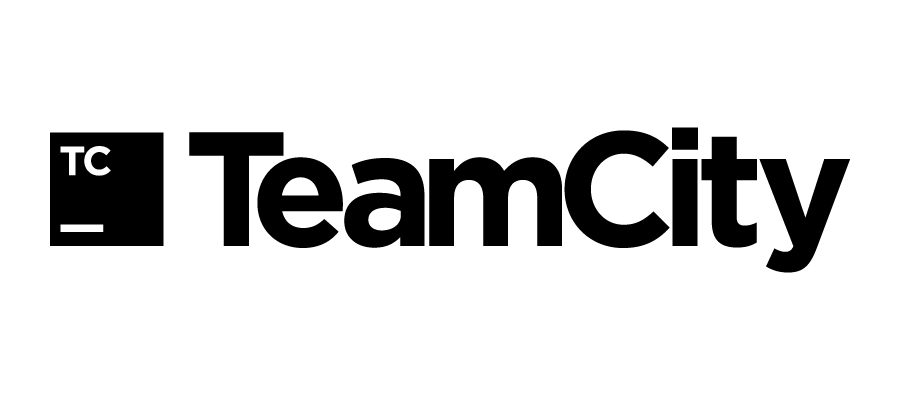

- Teamcity cloud how to#
- Teamcity cloud install#
- Teamcity cloud software#
- Teamcity cloud code#
- Teamcity cloud windows#

The challenge to this approach is your team managing different variants of the same application. Finally, significantly smaller instances of databases can also visibly impact performance, with no other tenants using up valuable resources. The physical separation can reduce the cognitive complexity of accessing data, as there is no need for additional filters in code. You have different servers for all dependencies, but typically most developers will separate storage for each tenant.

It becomes almost impossible for one tenant to access the resources of another tenant.
Teamcity cloud code#
The separation mechanism is typically logical, with code paths understanding what group is making a request and applying the necessary filters to reduce access to only relevant information. The most common approach to multi-tenancy is to group all tenants into a single instance, with mechanisms to separate all groups. We’ll be implementing these later with Entity Framework Core and ASP.NET Core. So first, let’s look at some examples of multi-tenancy approaches and their advantages and disadvantages. The ultimate goal of multi-tenancy is to significantly reduce an area of complexity, with the trade-off being some additional complexity. Multi-tenancy typically touches every aspect of an application from authentication and authorization, business logic, database schema, and isolation, and sometimes even elements users won’t see like the hosting environment. While you can bring multi-tenancy into existing applications, it makes it easier to build solutions when multi-tenancy is considered foundational. Teams wanting to adopt multi-tenancy typically have to design applications with the concept upfront. Although with many SaaS out there, you’ll see an organization is usually the boundary for specifying a tenant. A tenant can be a user, an organization, or other logical groupings. Tenant is a catch-all term, and teams define what it means to them. The focus of multi-tenancy can vary from security, maintainability, reduced infrastructural complexity, and improved resource utilization.
Teamcity cloud software#
To customers, it feels like they have their own copy of the software running, while the application really is just one deployment. What is multi-tenancy?Īt its core, multi-tenancy is an architecture where one codebase serves multiple customers while maintaining data isolation.
Teamcity cloud how to#
“We believe that TeamCity Cloud will bring the power and the deep expertise of the on-premises TeamCity to the cloud CI/CD market, allowing the companies of all sizes to orchestrate and streamline their DevOps pipelines,” said Max Shafirov, the CEO at JetBrains.In this post, we will explore what multi-tenancy means, why you may consider it when building an application, and how to implement it with the tools we’re all familiar with: Entity Framework Core and ASP.NET Core.
Teamcity cloud install#
Developers who wish to use the features have to install TeamCity Build Agent and connect it as a self-hosted build agent.Ī new enterprise version is also expected for the end of 2021, and it will support plugins and have various additional customization options.
Teamcity cloud windows#
Moving forward, JetBrains plans to add macOS support since it only comes with Linux and Windows build agents currently. The new solution also lets teams configure their CI/CD pipelines through a web UI and offers the option to create them programmatically using Kotlin, which can handle channels of various complexities and scale.Īccording to JetBrains, the core key difference of TeamCity Cloud from the on-premise version is that it is maintained by the company and thus has fewer administration features. TeamCity Cloud’s test intelligence analyzes test history, reports flaky tests, visualizes trends, and lets teams know how their code quality changes over time. It shares a lot of the same functionality, including integration with popular development tools, test intelligence, and easy configuration. The company explained that the cloud version is based on the original TeamCity. Today, JetBrains introduced TeamCity Cloud, a managed CI/CD service designed for DevOps teams that don’t want to maintain and scale their own infrastructure.


 0 kommentar(er)
0 kommentar(er)
